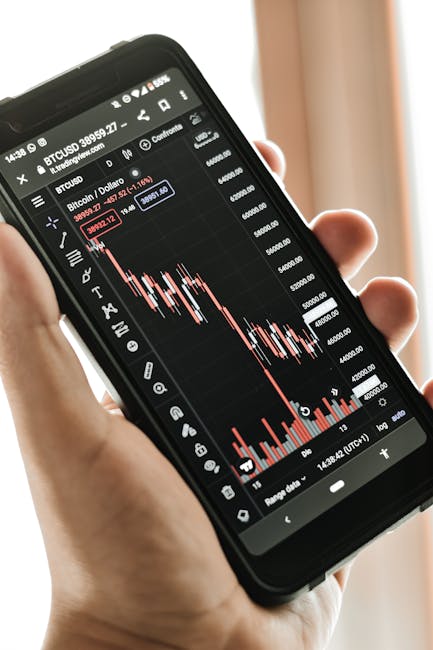Foldable Phones: A New Era of Mobile Technology
Foldable phones, once a futuristic concept, are now a reality, blending the portability of smartphones with the functionality of tablets. With sleek designs and innovative features, they’ve captivated tech enthusiasts. However, their high prices have limited their appeal. As competition grows and costs decrease, the big question is: Can foldable phones achieve mass adoption if prices drop? And will business users—a critical market for premium devices—embrace them?
The Price Barrier: A Key Obstacle
Foldable phones have been marketed as luxury items, with flagship models like Samsung’s Galaxy Z Fold and Motorola’s Razr 40 Ultra costing as much as high-end laptops. These devices, while cutting-edge, remain out of reach for many due to their steep price tags.
The good news? Prices are starting to fall. As more manufacturers enter the foldable market and production costs decline, brands like Oppo and Xiaomi are introducing more affordable options. If this trend continues, foldable phones could become accessible to a wider audience.
Business Users: Productivity or Novelty?
For business professionals, foldable phones promise enhanced productivity. Their larger screens enable multitasking, such as reviewing documents during video calls or typing emails with ease. Their compact design also makes them ideal for on-the-go professionals.
Yet, concerns linger. Business users prioritize reliability and durability, and foldable phones have faced criticism for issues like screen fragility, hinge mechanisms, and software optimization. Additionally, many apps remain unoptimized for foldable screens, limiting their practicality for professionals who rely on diverse tools.
The Path to Success: Addressing Concerns
For foldable phones to succeed, manufacturers must tackle both price and practicality. Lowering costs is crucial, but so is ensuring these devices meet the needs of business users. This means delivering durable hardware, seamless software integration, and a user experience that justifies the investment.
Brands like Samsung are leading the charge with improved durability, multitasking features, and S Pen support in their latest models. Collaborations with app developers to optimize software for foldable screens could further enhance their appeal.
Conclusion: A Promising Yet Challenging Future
Foldable phones represent a significant leap in mobile technology, offering a unique combination of portability and functionality. If manufacturers can reduce prices and address business users’ concerns, these devices could carve out a substantial market share. However, their success hinges on proving their value in terms of productivity and reliability.
As the tech industry watches closely, the question remains: Will business users embrace foldable phones, or will they stick to traditional devices? Only time will tell.




